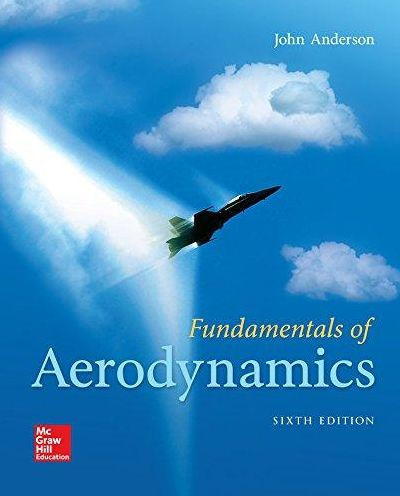5
1
9781259129919


Fundamentals of Aerodynamics / Edition 6 available in Hardcover

Fundamentals of Aerodynamics / Edition 6
- ISBN-10:
- 1259129918
- ISBN-13:
- 9781259129919
- Pub. Date:
- 03/25/2016
- Publisher:
- McGraw Hill LLC
- ISBN-10:
- 1259129918
- ISBN-13:
- 9781259129919
- Pub. Date:
- 03/25/2016
- Publisher:
- McGraw Hill LLC
313.75
In Stock

Product Details
| ISBN-13: | 9781259129919 |
|---|---|
| Publisher: | McGraw Hill LLC |
| Publication date: | 03/25/2016 |
| Edition description: | New Edition |
| Pages: | 1152 |
| Sales rank: | 980,728 |
| Product dimensions: | 7.40(w) x 9.10(h) x 1.70(d) |
| Age Range: | 18 Years |
About the Author
From the B&N Reads Blog

